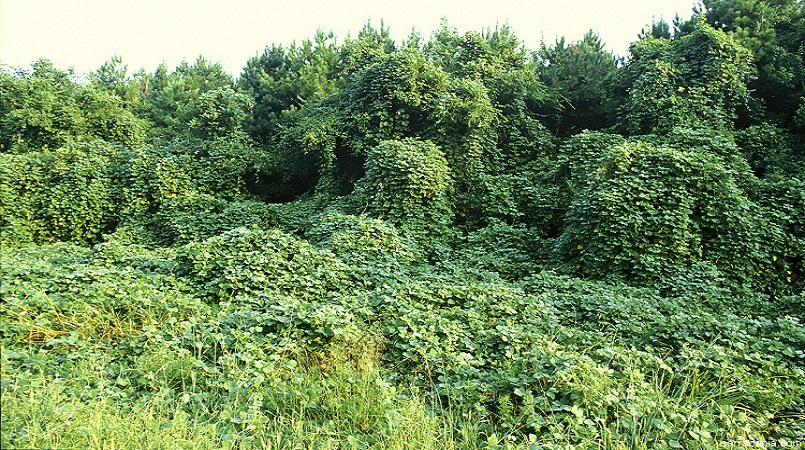
Invasive species cause more extinctions of endemic Pacific species than any other single cause. However, it is possible to get rid of the invasive species even after they arrive.
"Eradications are expensive, but once complete, you don't have to worry about that pest species as long as you prevent new introductions," said Mr Richard Griffiths from the agency Island Conservation.
There have been more than 500 successful eradications around the world, some described at the PILN2016 conference last week.
The Pacific Invasives Learning Network (PILN) met on 1–5 August in Samoa to share their best practices for invasive species management on Pacific islands.
Twenty-two teams from Melanesia, Micronesia, and Polynesia use PILN to coordinate actions and learn from similar Pacific experiences, making each island's response faster and better informed.
"I learned a lot about what our Samoan colleagues are doing. I would like to congratulate the Samoans for the initiative you have been taking," said Ms Glarinda Andre from Vanuatu.
"Seeing your work is a great learning experience for other Pacific countries."
The topic of direct action was repeatedly addressed throughout the week, with informational guides such as the new Pacific Invasive Species Battler series designed to help resource managers create biosecurity plans, policies, and species eradication or control.
"If we do not control the weeds, they will change our ecosystems forever. We will lose precious plants, insects, and animals, and it will affect our health," said Ms Lynley Hayes from Landcare New Zealand.
"Doing nothing is not an option."
Hayes and Mr Michael Day provided equipment to sample mile-a-minute vine (Mikania micrantha) and Merremia vine. The samples PILN members submit will form a cross-Pacific genetic picture of vine diversity and, ideally, show the origin of the vines.
"Our job here is to protect the biodiversity hotspots that we all belong to", said Mr Roger Cornforth, Deputy Director General of SPREP. He called on the participants to "bring your expertise, and work with local people to address the issues".
PILN is a member-driven network, and the members decided how to use their network at the meeting. Mr Patrick Barriere from New Caledonia presented a gift to the Ministry of Natural Resources and Environment (MNRE) in thanks for co-hosting the meeting, saying, "You provided the best way to work all together."
Some of the biggest challenges facing invasive species management are coordination, funding, and human capacity in a world where movement and trade between islands is faster and more frequent than ever before—and every time a person or product moves, there is a risk that an uninvited species could come along.
"The Pacific is the envy of other regions because we are lucky to have regional mechanisms supporting the fight against invasive species, such as PILN, the Pacific Invasives Partnerships, a set of regional Guidelines for Invasive Species Management in the Pacific, and CROP agencies such as SPREP and SPC," said Mr David Moverley, Invasive Species Adviser to the Secretariat of the Pacific Regional Environment Programme (SPREP). Now, all except three Pacific countries and territories have a PILN team.
The PILN2016 participants represented 16 Pacific countries and territories, each battling against invasive species that harm crops, people, and environments. Samoa's Ministry of Natural Resources and Environment co-hosted the meeting along with the Secretariat of the Pacific Regional Environment Programme (SPREP).
"Whatever and wherever they are, invasive species are a real threat and real challenge. I urge you to continue the fight: battle against invasive species in your respective environment", said the Honorable Taefu Lemi Taefu, Associate Minister of MNRE.
"Preventing and stopping the spread of invasive species is everyone's responsibility."
For more information, please contact Dr Tiffany Straza, tiffanys.ext@sprep.org
